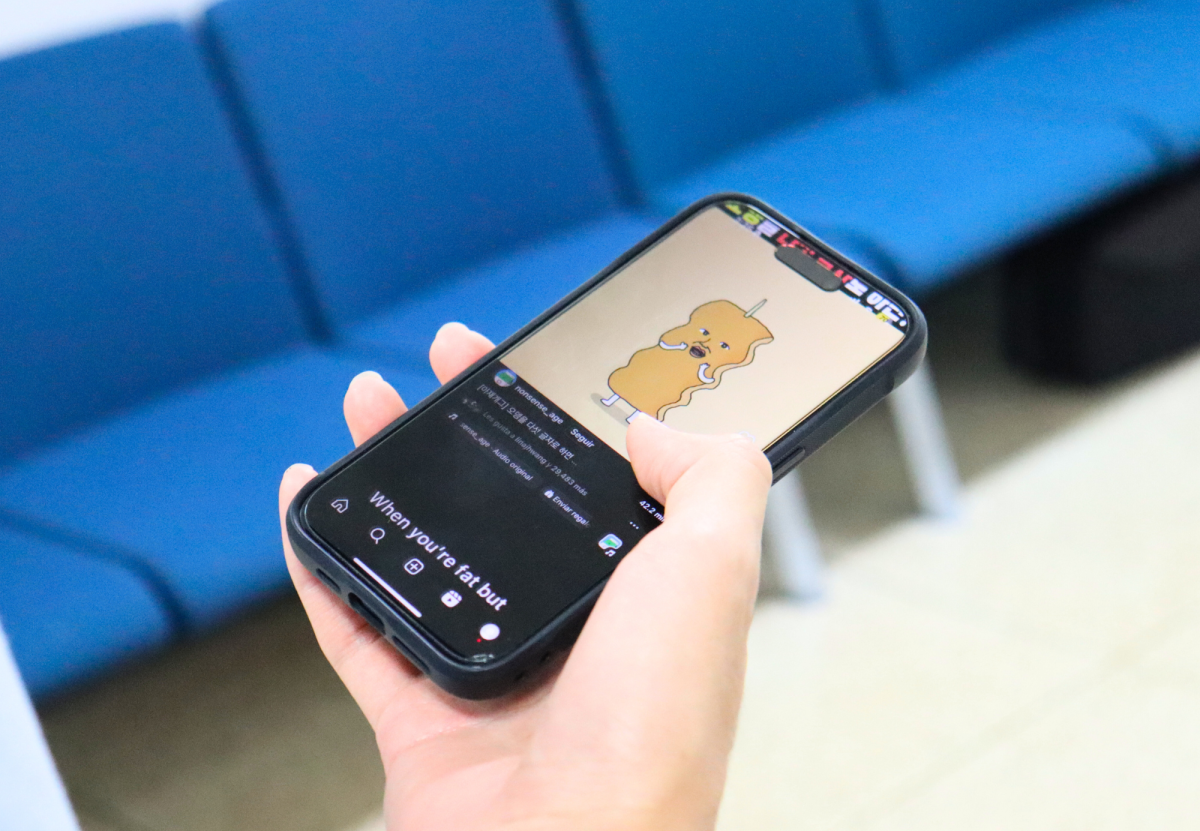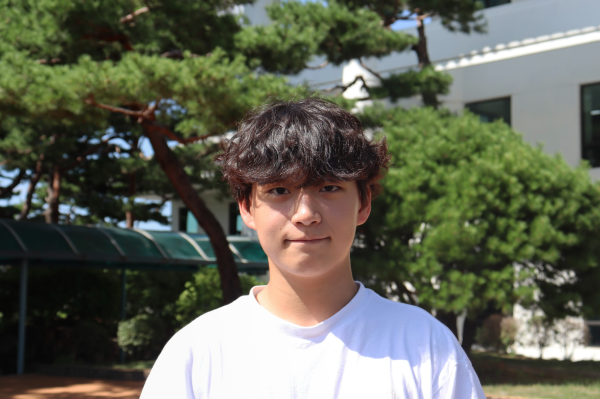“The world has yet to even acknowledge that this addiction exists, despite it being all around us and fueling our current mental health crisis.”
As Dr. Justin Romano states, the world is entering a new pandemic, one that is taking over the minds of people of all ages by storm. This widespread disease is the fixation with the digital world. The effects of consuming social media have extended so out of control that phones have become an extension of our hands. These screens in our pockets constantly pull our attention away from the real world, engulfing us deeper into the digital void.
There is no doubt that everyone wants to use their time productively, like finishing up a biology paper that is due in a couple of days or taking just a couple of minutes out of their day to read. However, Kenneth Olmstead’s study on social media in the workplace shows that despite our desires for productivity, 77 percent of employees use social media throughout their day. This problem is seemingly contradictory as many of us do not plan to lie down on our bed and scroll away our time for hours on end, but we still do.
This unconscious addiction to mindlessly consuming content on social media is referred to as “doom scrolling.” Social media algorithms are meticulously designed to keep users on the application by activating the individual’s brain to release dopamine, a “feel-good chemical” associated with feelings of well-being and pleasure. Doom scrolling on social media apps such as Instagram or TikTok reinforces a negative mindset, and studies have shown that it has been linked with an increase in depression, anxiety, and mental stress. Other potential effects include insomnia—studies showed that 70 percent of participants acknowledged their constant habit of checking social media before going to bed. Participants added that the more time they spent doing so, the more they faced difficulties with falling asleep.
On the psychological level, continuously staying online feeds one’s brain with a “continual stream of cortisol,” also referred to as the primary stress hormone in our bodies. Once a perceived threat disappears, the body’s stress response system usually shuts down. However, excessive social media consumption leads to a long-term activation of the stress system, putting individuals at a higher risk of health problems mentioned previously.
This is a prevailing issue in the SIS community. Many students can be seen at the cafeteria during lunch, or even in the hallways during transition periods scrolling on social media. However, the consequences of scrolling addictions of students extend far past its surface level issue, wasting time. They go beyond to affect social interactions and academic performance.
According to a school-wide poll conducted on the average daily usage of Instagram and Tiktok for students, close to 80 percent of SIS students prefer to use Instagram and TikTok for short-form scrolling, with most students remaining on Instagram for 2-3 hours a day on average. The poll also showed that all participants were triggered to get on these applications due to boredom or having nothing to do. Additionally, 83 percent of participants added that scrolling makes them feel “lethargic” and “distracts [them] from [their] task,” decreasing overall productivity.
As students, we must be more conscious about how we manage our time on social media. We must recognize that scrolling doesn’t only drain time out of our day, but it also depletes our levels of motivation and productivity. In light of that, the next time we try to delve into the madness of the digital world, we should start taking control of our impulsivity, and stop it from controlling us.


